One of the most common ailments in our feline friends is an over-active thyroid, known as hyperthyroidism. The average onset is around 12-13 years of age, though it can happen in younger cats as well. Therefore, no matter the age of your cat, be sure to watch out for these symptoms and make an appointment with your veterinarian if you notice any.
#1 – Increased Appetite
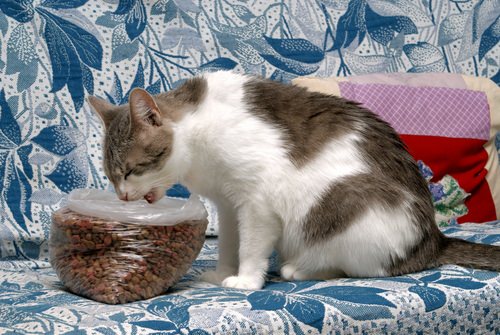
Cats will typically let you know when they’re hungry and they often seem to want to eat all the time. But a cat with hyperthyroidism will often be truly insatiable. If you notice your cat just won’t stop eating or crying for food, it might be a good time to check with your vet to make sure nothing is going on.
Click page 2 below for the next symptom!
#2 – Weight Loss
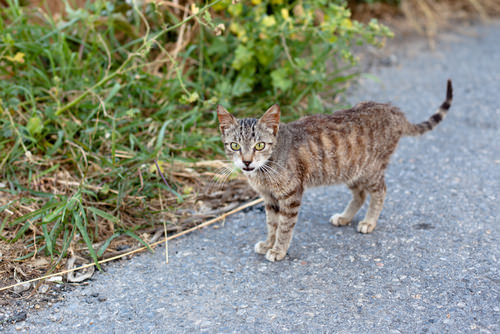
Despite all of the eating your cat might be doing, he’ll probably continue to lose weight. Hyperthyroidism causes weight loss regardless of the amount of food consumed. Sounds like a great diet, right? Unfortunately, this can be very detrimental to your kitty’s health and you should definitely bring it to your vet’s attention should you notice unplanned weight loss in your cat.
#3 – Hyperactivity
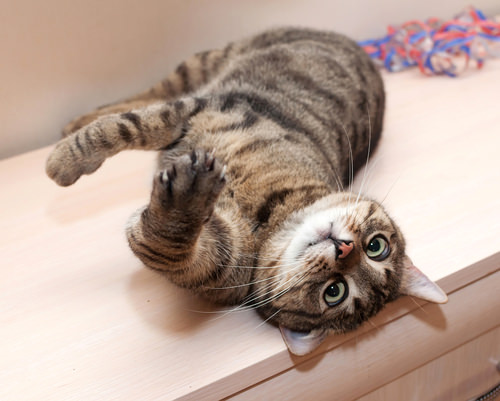
Even the most hyper cats sleep a lot, so if you notice your cat is going non-stop it should be cause for concern. Cats with hyperthyroidism often show hyperactivity and just can’t stop moving, no matter how tired they are.
#4 – Panting
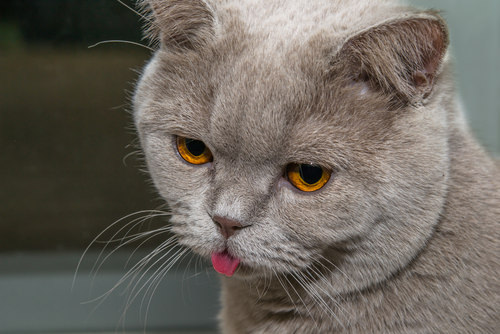
Panting in cats is almost always abnormal and there are a variety of causes. In the case of hyperthyroidism, your cat’s increased heart rate might cause her to start panting. If your cat beings panting at all or more than usual, be sure to see a veterinarian.
#5 – Poor Coat
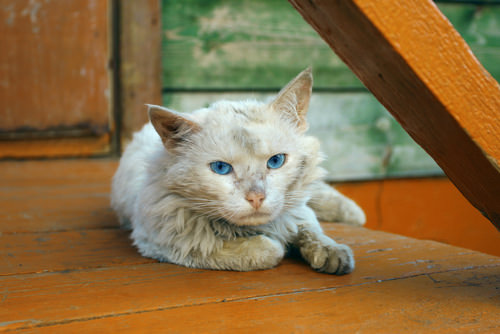
Hyperthyroidism will often cause cats to look very dirty and unkempt. Their coats will begin to get dull and coarse and no matter how often they groom themselves, they’ll look as if they’re stray. If you notice your cat’s coat is beginning to decline, be sure to make an appointment with your vet.

